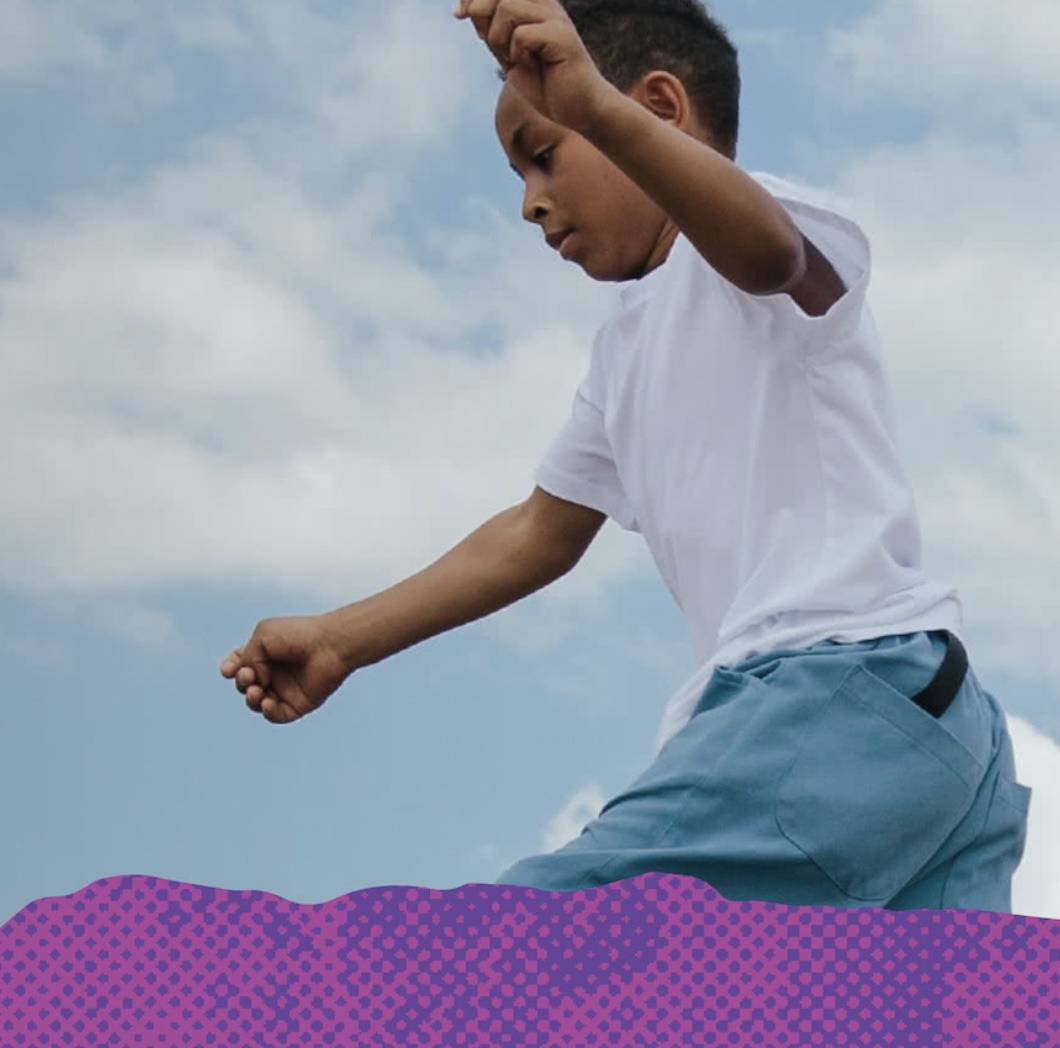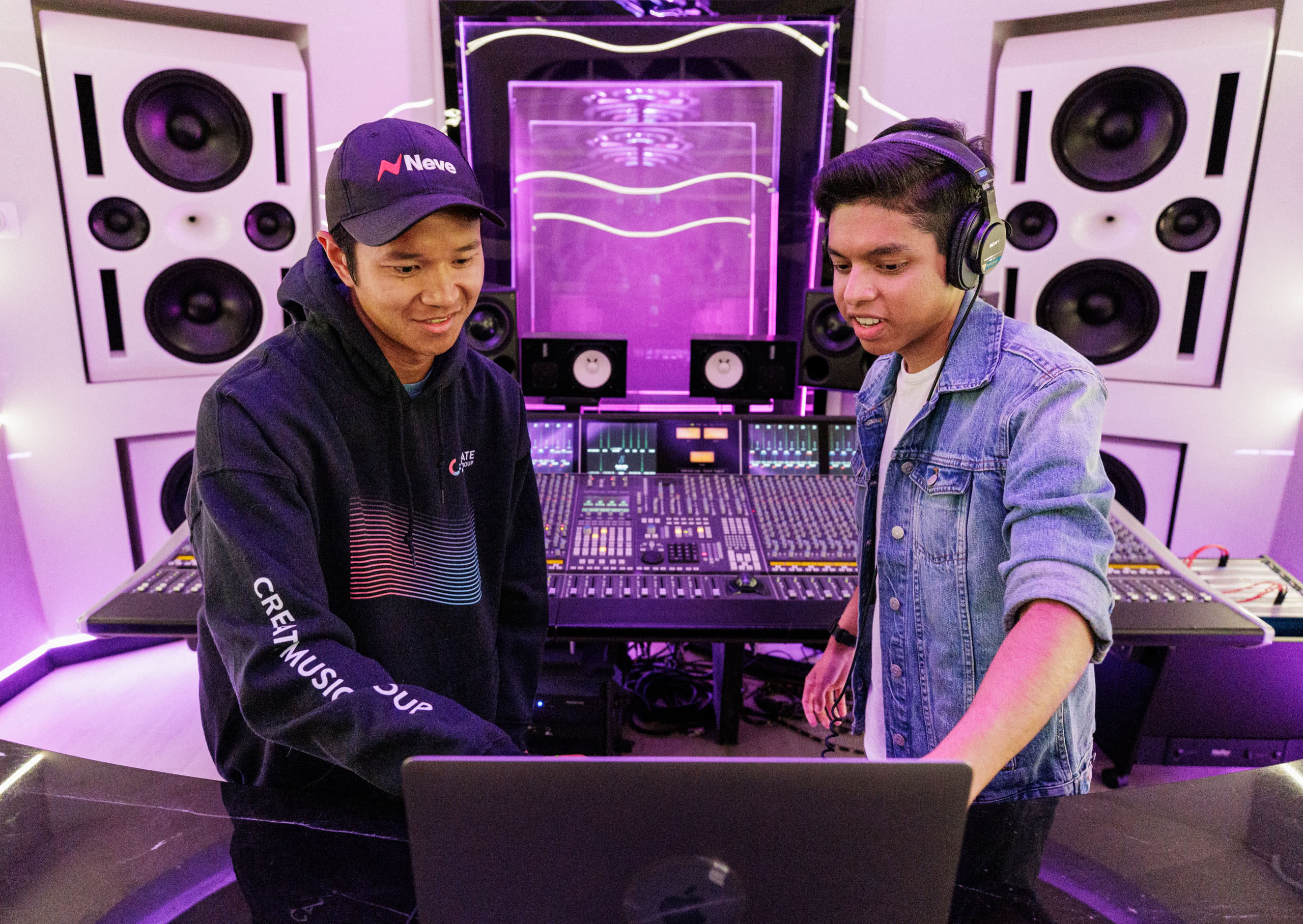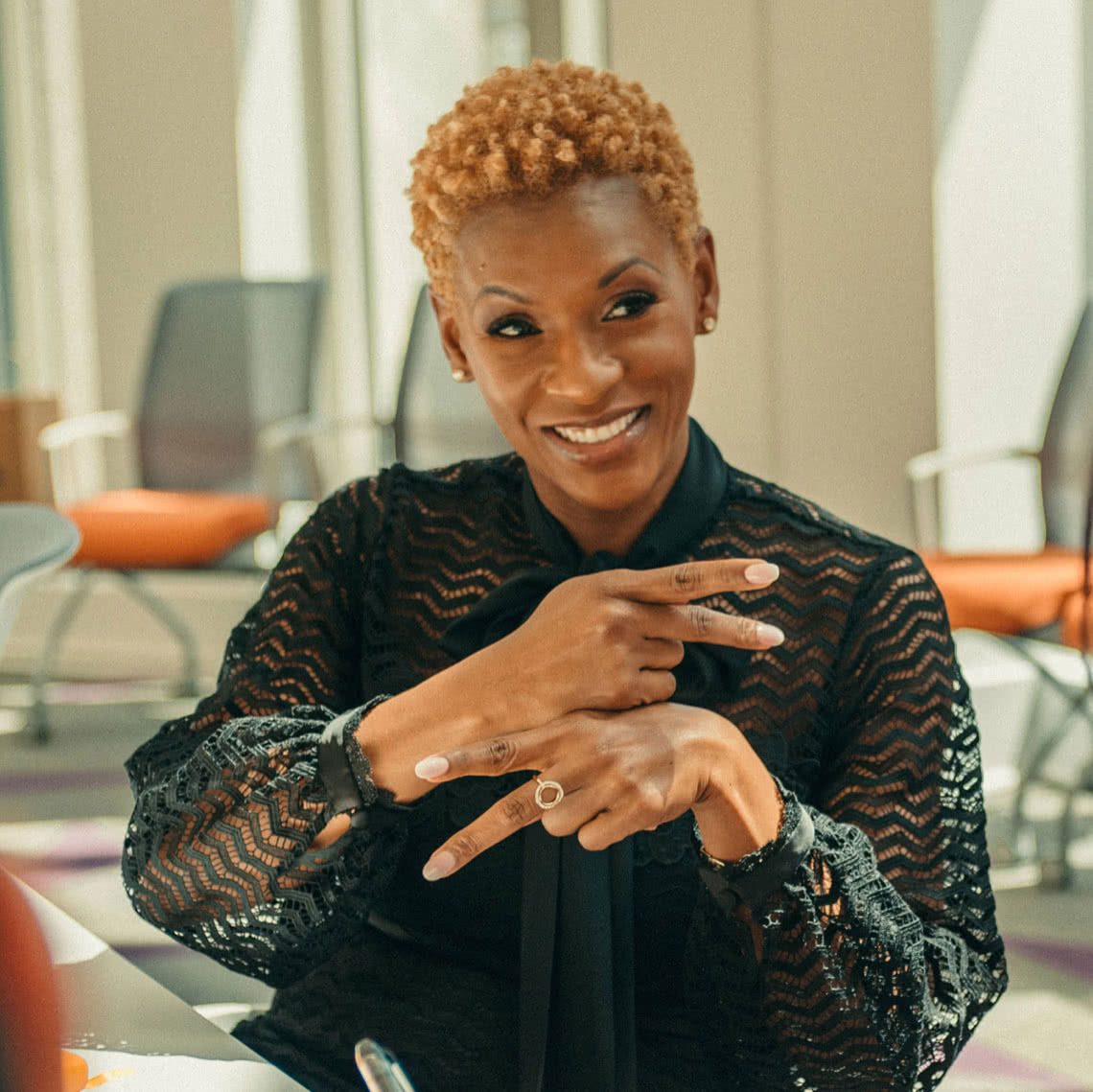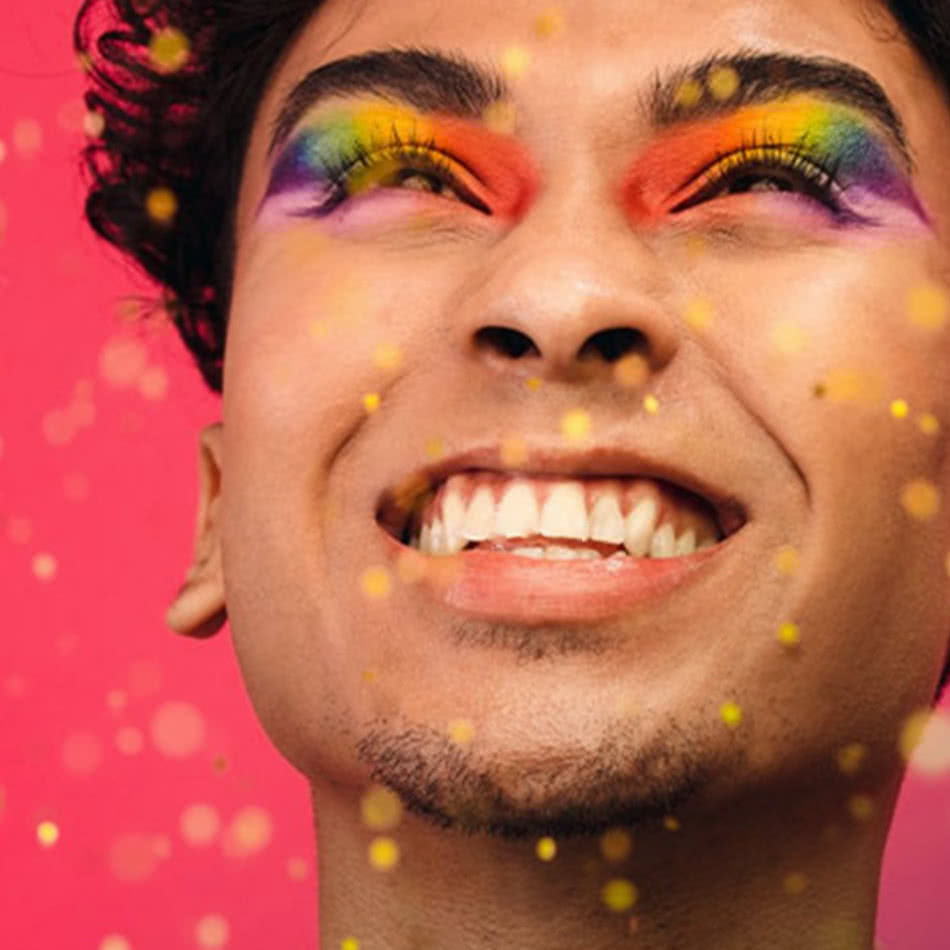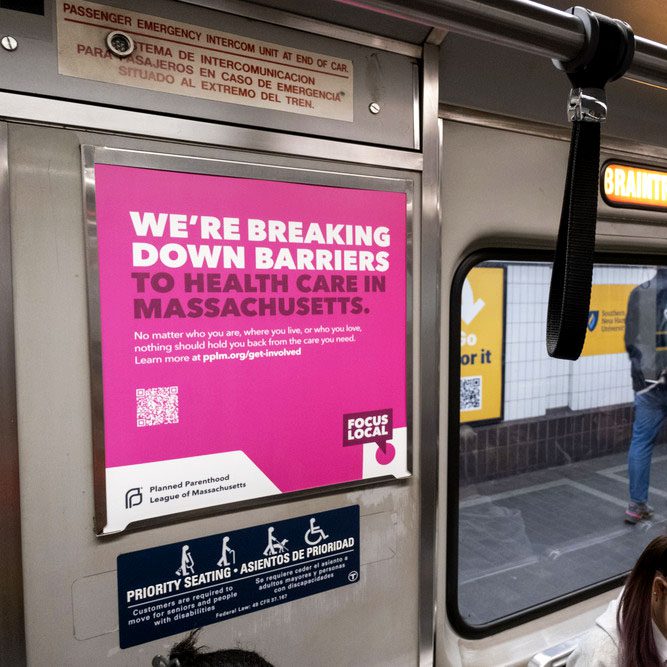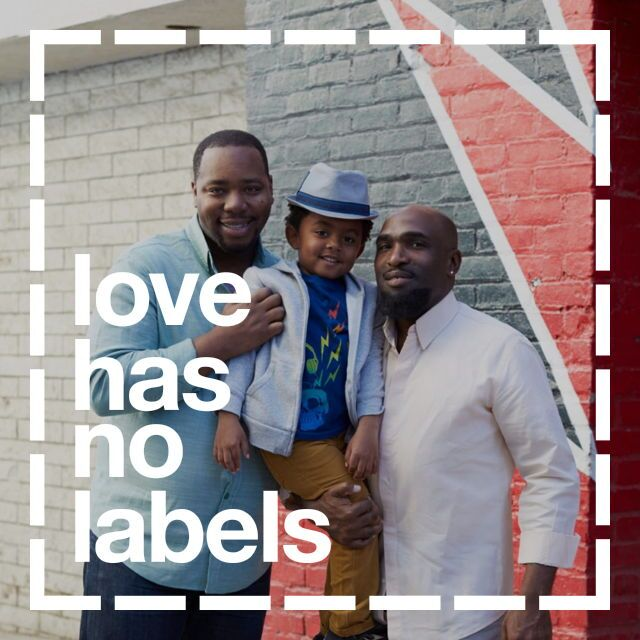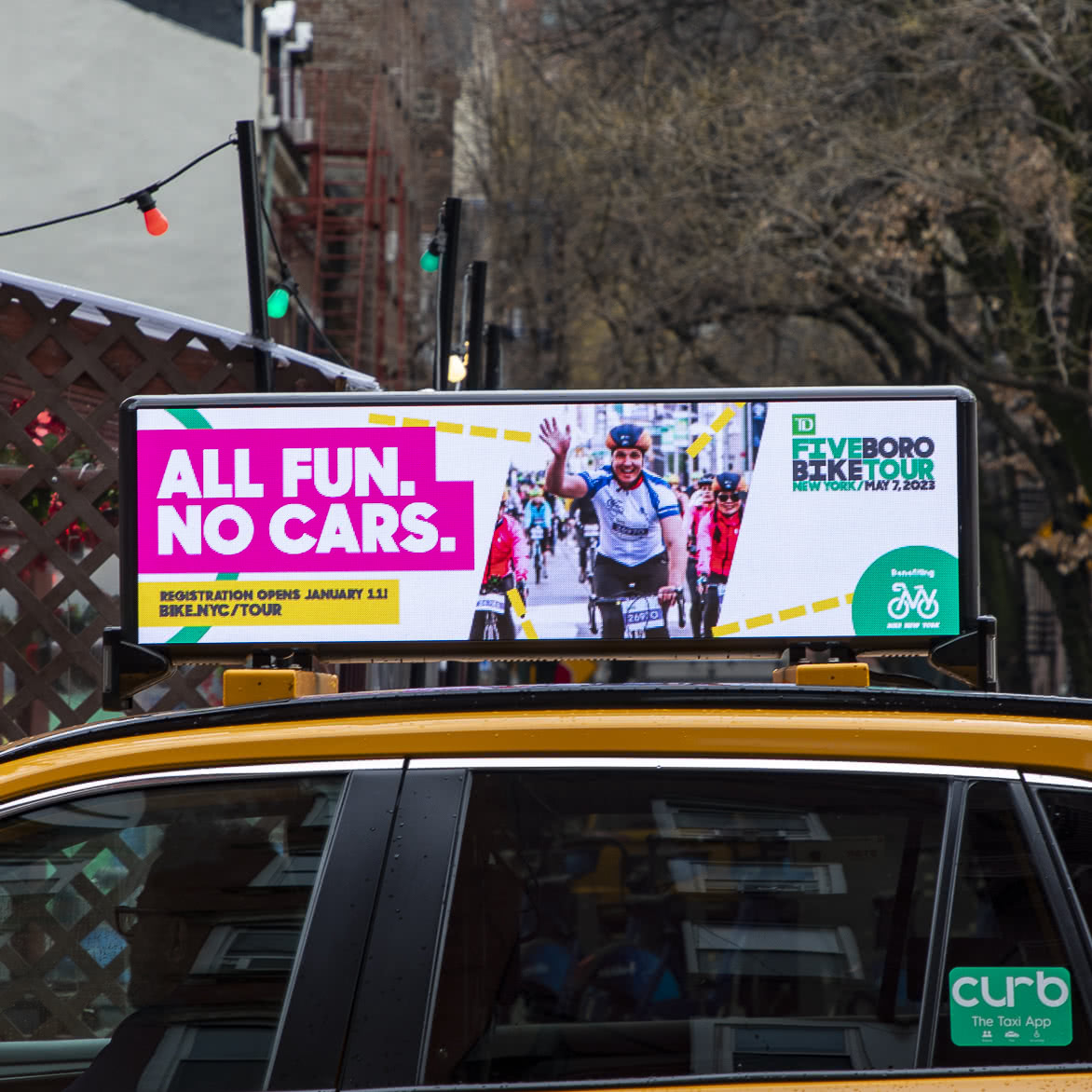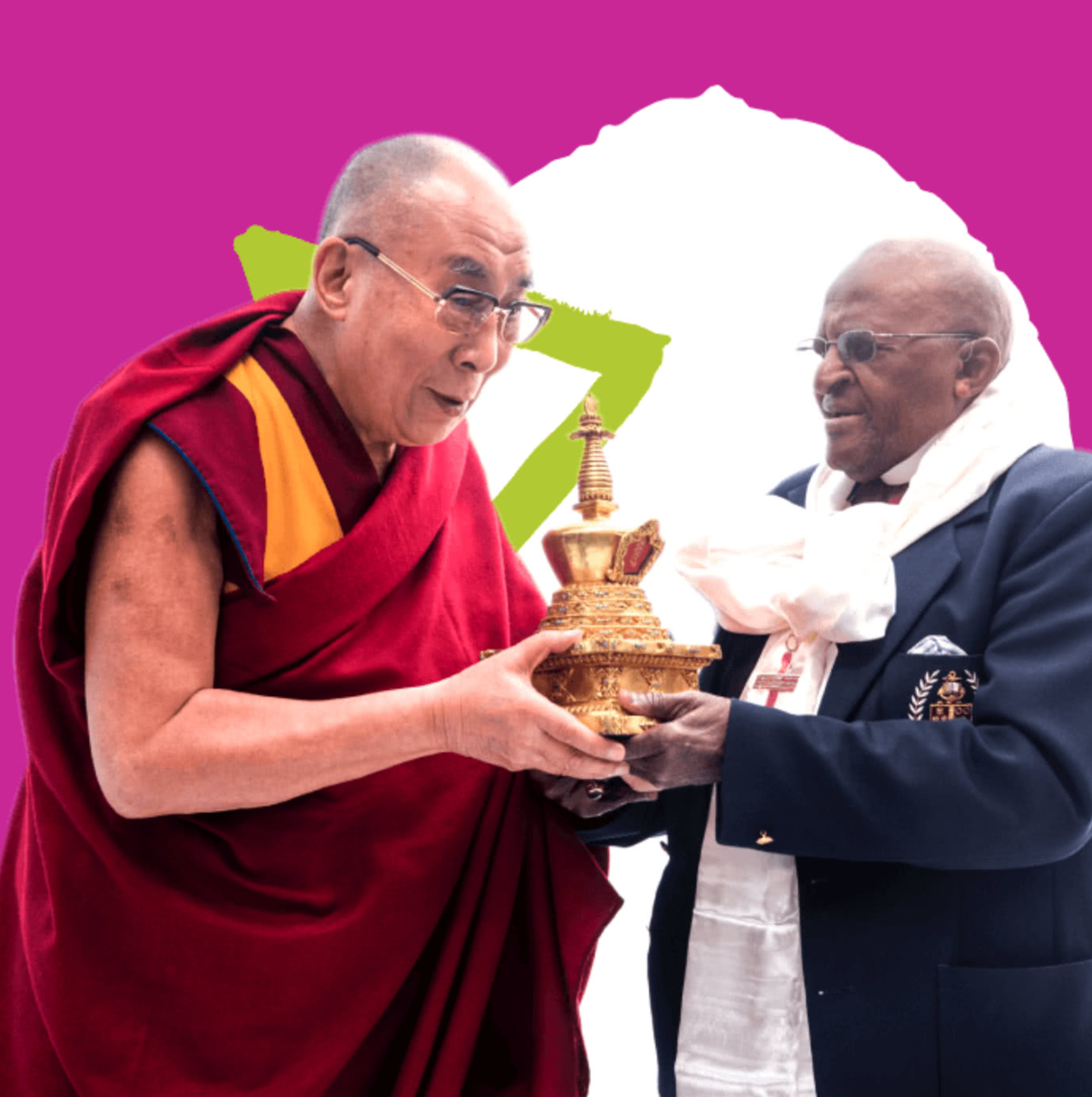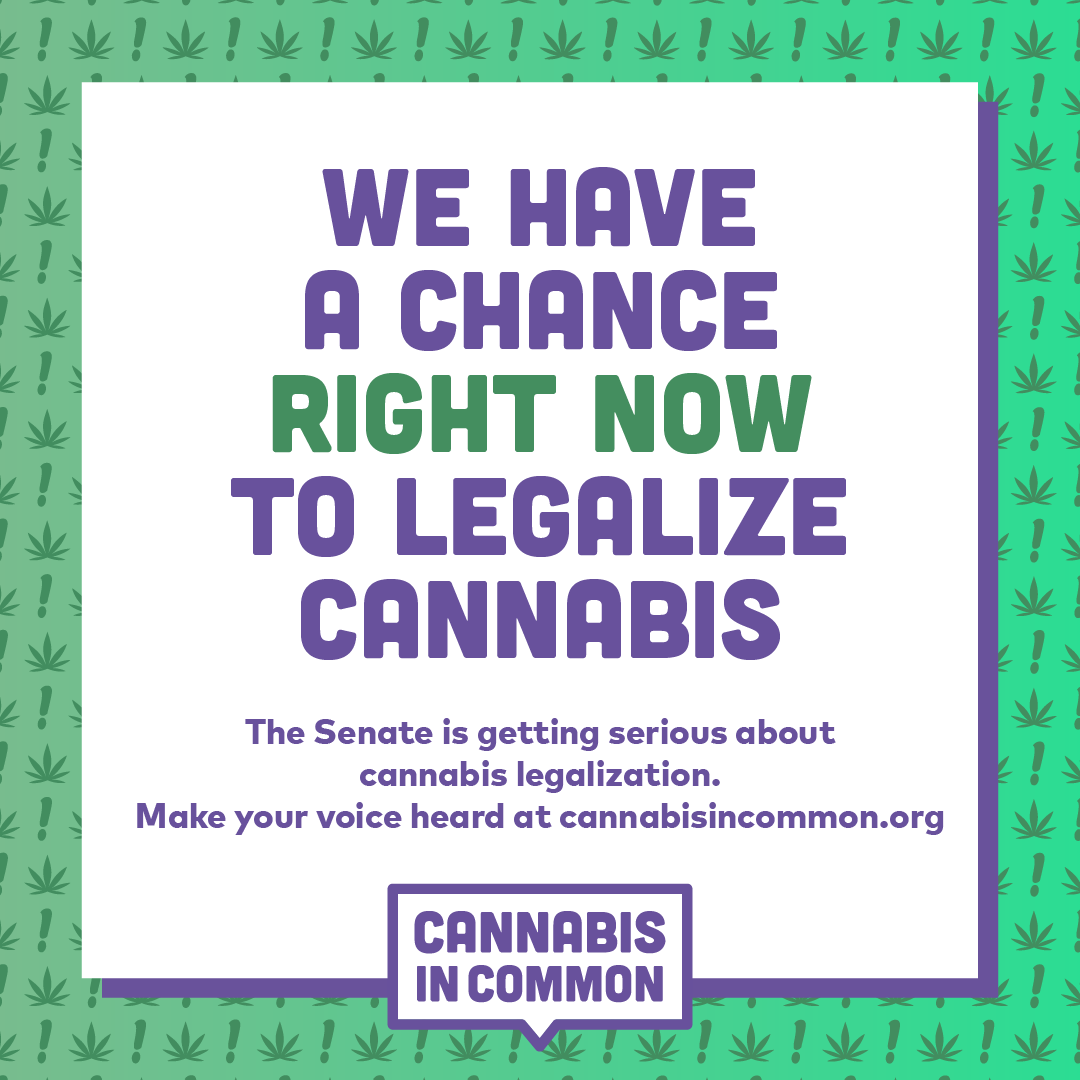The Harris campaign offers important lessons in how to use memes to draw attention to an issue and reach younger audiences.
This article was originally published in The Chronicle of Philanthropy.
Are you having a “brat girl summer”? Kamala Harris certainly is.
If you just “fell out of a coconut tree” you might not understand the context of this specific meme, so let me catch you up.
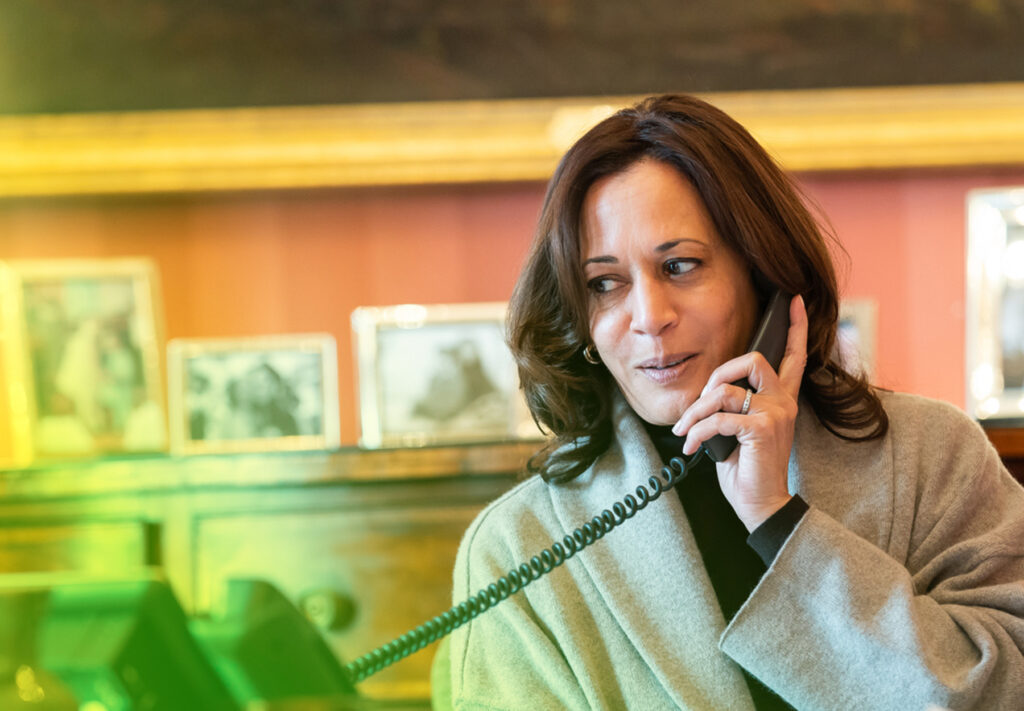
When President Biden withdrew from the presidential race and endorsed Vice President Harris, the campaign quickly pivoted to a full throttle communications effort aimed at a notably younger audience. This included amplifying and adapting organic memes — images, videos, or phrases that spread virally online. By taking advantage of a meme moment, the Harris campaign turned an endorsement from pop star Charli XCX into a media phenomenon — complete with a new lime green color scheme for the KamalaHQ X account that matched the singer’s “Brat” album cover.
Skeptics who think this all sounds somewhat juvenile should consider the deft community-building at the core of each Instagram Reel and TikTok post. The memes not only helped unite and mobilize a Democratic party after weeks of chaos but effectively galvanized younger voters.
With a mix of humor, digestible digital content, and an awareness of trending culture, the Harris team has put memes to powerful and practical use. They have helped fuel her nascent campaign, which quickly earned major endorsements and delegates and set fundraising records.
But memes aren’t only an effective tool for political campaigns. They have the potential to bring needed attention to a host of social issues nonprofits care about. When done well, the shareable and democratized nature of memes can raise up often unheard voices and spread messages that spur action.
I speak from experience. Back during the 2012 presidential election, I impulsively tweeted #MillionMuppetMarch in response to Mitt Romney’s promise to defund public broadcasting, home of Sesame Street. That little meme led me and my collaborator, Chris Mecham, to organize a real Million Puppet March in Washington, D.C., which brought widespread media attention and far greater awareness of our cause: continued government funding of public media.
Why Memes Work
Most social ills are systemic, and meme makers usually have a healthy degree of skepticism and distrust in the system, allowing them to see things from a different vantage point and reveal the way things actually are. Meme makers are also usually anonymous, so they have free rein to address any issue without fear of consequence from speaking truth to power.
Where nonprofits might overemphasize their singular approach or interpretation of an issue, memes work best when there is no single owner and when each contribution molds the direction a meme takes. They are informal in nature, often sloppy, and occasionally a bit unhinged, and they keep taking on different meanings over time. For example, this meme depicting an oceanic utopia constantly evolves to fit a particular group’s message. Greenpeace uses it to spread its message about fighting Big Oil, and the Ms. Foundation for Women deploys it to encourage greater philanthropic support for women and nonbinary leaders of color.
Importantly, memes are a potent vehicle for reaching younger audiences, especially Gen Z, who are deeply invested in social issues such as climate change and income inequality and get the majority of their information on social media.
A Meme Mind-Set
Anyone with an internet connection and a low-level command of language can create and distribute a meme. This has many advantages for building broad-based social movements. But it also means that nonprofits and social movement leaders can never fully control the message.
While that may seem risky, keep in mind that every successful movement comprises a wide array of folks — agitators, quiet supporters, peaceful protesters, provocative agents of mischief, small and large donors, and those directly affected by the problem at hand. Developing a meme mind-set requires accepting the potential value of all those voices.
Here are a few meme best practices almost any nonprofit can adopt:
Go with the flow.
Like the Harris’ “brat” campaign, which quickly took advantage of Charlie XCX’s declaration that “Kamala is brat,” nonprofits shouldn’t see themselves as leaders of a meme but as participants in an effort that is already building organically. To make memes work for them, however, organizations need to understand their audience’s interests and be nimble enough to jump on emerging pop culture trends. They also need to have a funny bone.
For example, irreverent memes for Smokey Bear remind people of their environmental responsibility by embracing current pop culture references, such as an existing popular meme and fan created template featuring comedian Tim Robinson humorously expressing doubt. This use of humor helps the message reach broader audiences, turning them into potential supporters and ambassadors for Smokey’s wildfire prevention message.
Know the difference between good memes and bad memes.
Using memes for social good requires maintaining a delicate balance between the provocative, humorous, and eye-catching — and the disturbing or even hurtful. Memes that veer toward oversimplification risk removing nuance around complex issues, potentially affecting the well-being of entire communities. For instance, this recent prosecutor versus felon meme in support of Harris could be viewed as inadvertently demonizing all felons. And the flipside of their low barrier to entry makes memes a tool of choice for bad actors who use them to spread disinformation and misinformation and promote racist or misogynist ideas.
To avoid misinterpretation or harm, memes should clearly communicate their message. Makeup artist and LGBTQ activist Matt Bernstein has perfected the art of creating memes that are funny and offbeat, while maintaining a crystal-clear message. For example, one of his recent memes uses photos of two male humpback whales having sex to showcase the ridiculousness of the right-wing anti-gay agenda.
Turn attention into social change.
Although using memes to raise awareness about a cause is itself valuable, the best campaigns earn more than “likes” and “shares” — they change lives.
In China, for example, the hashtag #RiceBunny,” which is pronounced “mi tu” (or #MeToo), helped social media users sidestep government censorship to build a movement against sexual harassment. The ice-bucket challenge raised $115 million for research and care for ALS patients. And a widely distributed meme of Vermont Senator Bernie Sanders bundled up for a frigid January 2021 Inauguration Day, replete with a cozy pair of mittens, raised millions for the state’s hunger charities.
Many social movements attempt to own a particular issue, but no one can predict what direction progress will take. That’s why memes matter. They offer everyone from keyboard warriors to the leaders of big foundations an opportunity to turn their point of view into a Trojan horse for change.
It remains to be seen if Vice President Harris’s brat girl summer will be enough to power her campaign through a fruitful fall or if the young voters energized by those memes will continue to build momentum toward her election. But one thing seems clear: While this might be the first presidential election fueled by memes it likely won’t be the last.
